MS4 You Are Not Alone... Ask

MS4 (Municipal Separate Storm Sewer Systems) includes all stormwater pipes, ditches and infrastructure conveying stormwater from developed areas into local rivers and streams.
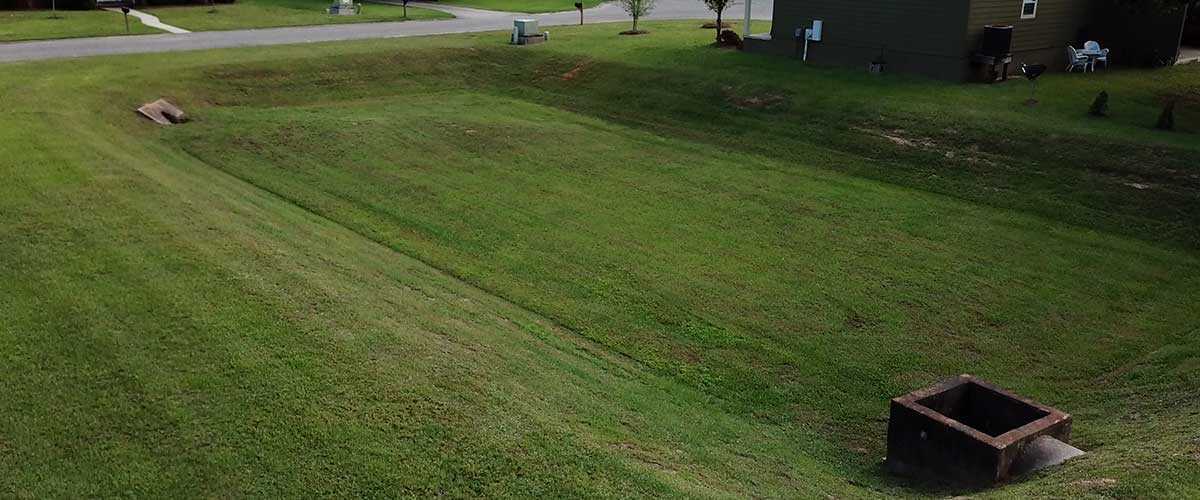
In natural areas, only 10% of rain that hits the ground runs off into streams, most of it is absorbed directly into the ground.
When subdivisions are built, natural surfaces are replaced with hard surfaces like roofs, patios, driveways and roads that prevent water from infiltrating into the ground dramatically increasing the amount of stormwater runoff.
That’s A LOT more water moving MUCH faster causing downstream flooding, erosion of stream banks, and overwhelming wetlands.
Considered by the EPA to be the number one threat to America’s waters, stormwater conveys all the residues of our urban living as it courses through its drainage area, or watershed, to local streams and rivers receiving that water.
In natural areas, only 10% of rain that hits the ground runs off into streams, most of it is absorbed directly into the ground. With development, natural surfaces are replaced with hard surfaces like roofs, patios, driveways, and roads that prevent water from infiltrating into the ground increasing the amount of stormwater runoff by up to 50%.
A lack of maintenance will result in extensive damage to your pond especially after severe weather events. This damage will require expensive measures to restore the pond’s functionality and require surveys, engineering designs, regulatory permitting, major structural repairs, and dredging.
On completion of a subdivision, developers transfer the responsibility of pond maintenance to the property owners association. Along with as-built drawings and an inspection report, the developer should provide an Operations and Maintenance Plan which will include instructions on how to inspect and maintain all stormwater facilities in the subdivision.
In dry ponds, look for standing water which can be a breeding ground for mosquitoes and indicate ongoing erosion within the pond. Look for overgrown grass and brush which can block the outfall and decrease storage capacity. Check for any bare or unstable surfaces which become extremely vulnerable to additional erosion and cause sedimentation.
To properly maintain your pond, set a schedule to manage the vegetation, remove any invasive species, trash, and debris. These simple ongoing tasks can be handled by your landscaping contractor and will save you significant money over the long term.
Community members can help prevent the clogging of inlets and outlets by keeping grass clippings and leaf trash from entering storm drains. Not only can they obstruct the flow of water and fill in the pond, but as organic material decomposes it releases nitrogen and phosphorus into the water a significant pollutant in community streams, lakes, and bays.
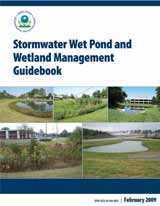
Guidebook produced by the EPA to assist communities in developing an integrated stormwater management system which includes proper maintenance of existing wet ponds and wetlands, the exploration of retrofit opportunities, as well as the implementation of micro-treatment practices and low impact development design principles.

MS4 (Municipal Separate Storm Sewer Systems) includes all stormwater pipes, ditches and infrastructure conveying stormwater from developed areas into local rivers and streams.
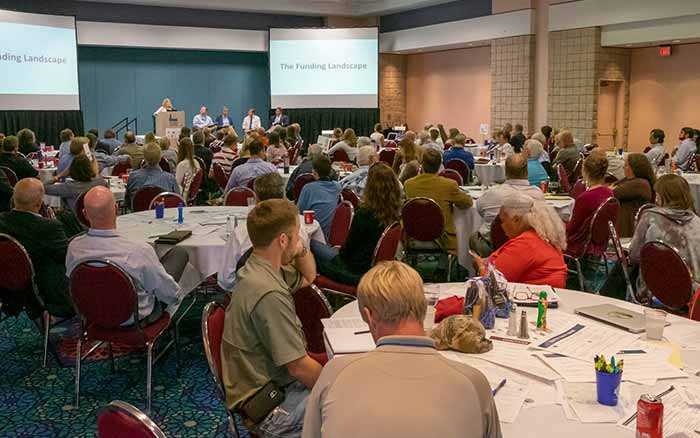
Distribute educational materials and performing outreach to inform citizens about the impacts polluted stormwater runoff discharges can have on water quality.
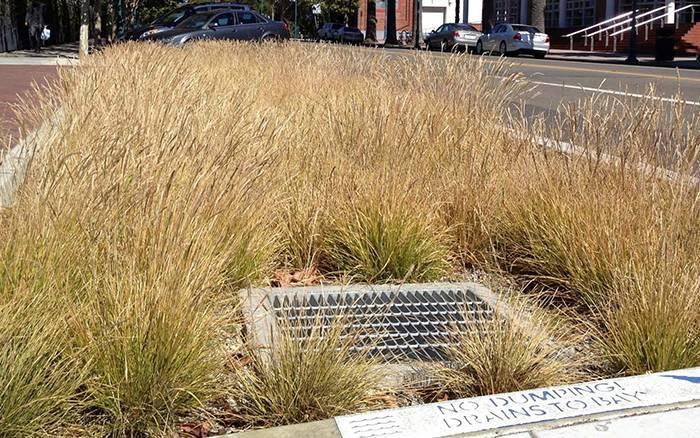
Low Impact Development (LID) techniques imitate natural processes to help rainfall absorb into the ground instead of becoming stomwater runoff requiring culverts, pipes, and basins
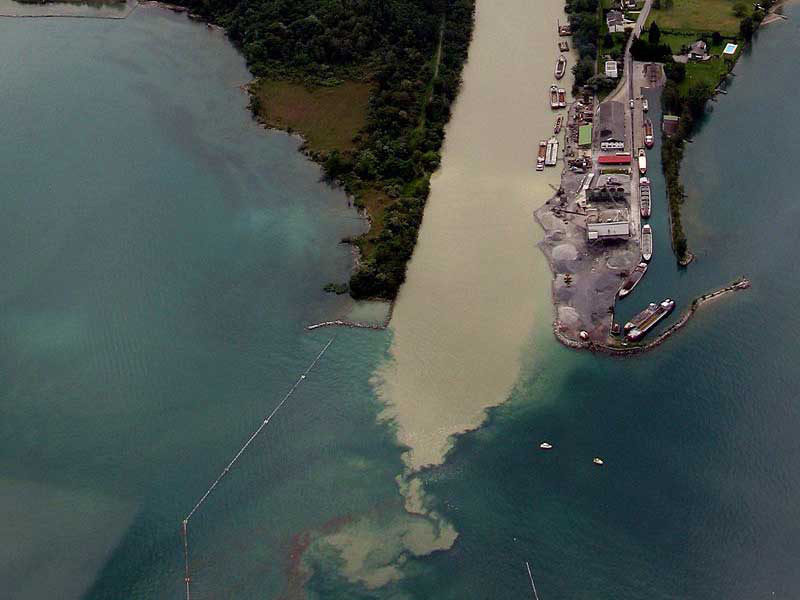
When water rushes off hardened surfaces, erosion of sediments degrade water conditions and smother and disrupt seagrass growth and the habitat for benthic organisms they provide.
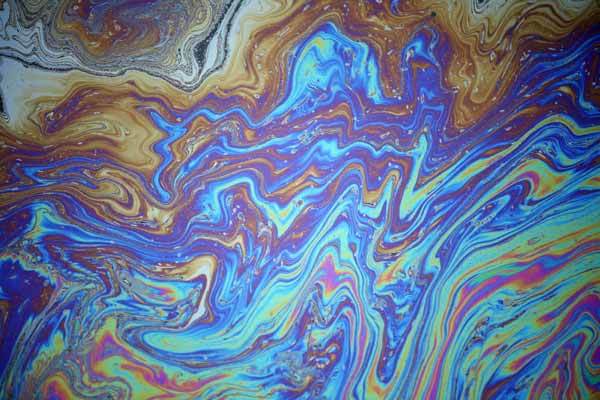
Compounds like oil, grease, and heavy metals take a long time to break down and threaten the health of both aquatic and human life.
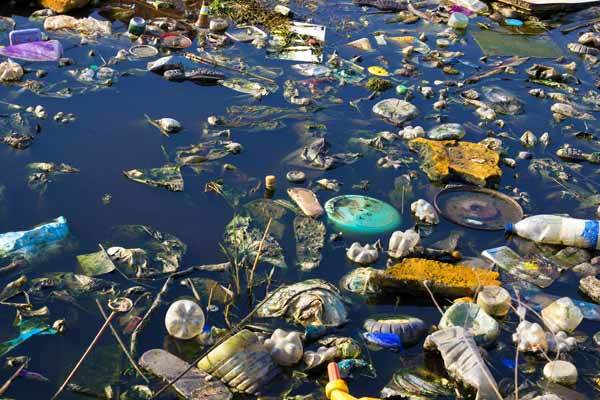
Litter is not only unsightly, but it also causes a variety of problems to the ecosystem as it enters our waters where it is often is mistaken for food by fish and invertebrates.
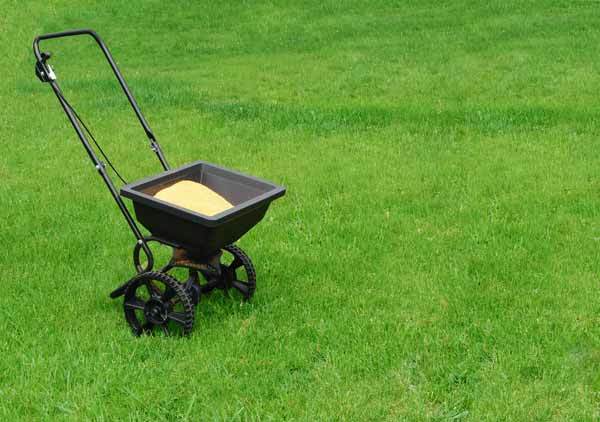
Too much fertilizer, pet waste, and other nutrients in our water often lead to serious problems like lowering dissolved oxygen levels, preventing seagrass growth, and killing fish.
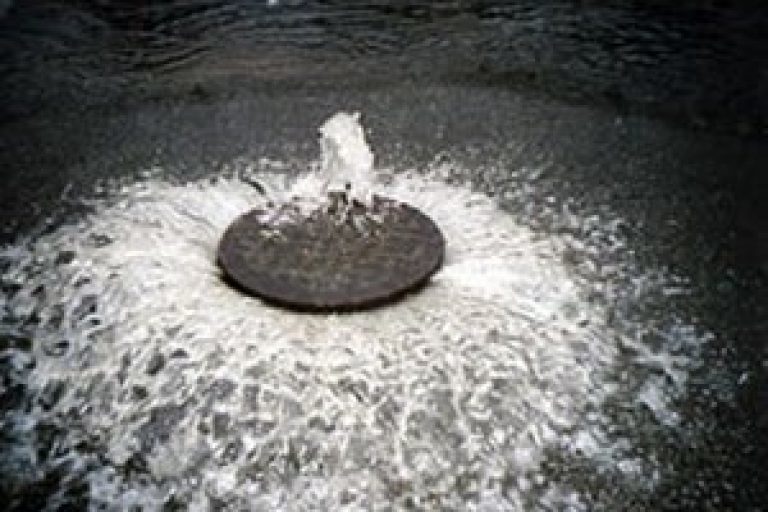
Disease-causing microorganisms, including bacteria, viruses, and other single-celled organisms, are referred to as pathogens, some, like Salmonella, cause human health problems.
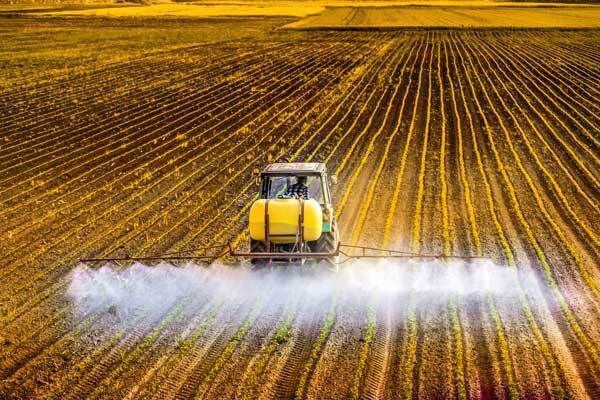
While pesticides are designed to be toxic to certain organisms, they can often be harmful and kill other species in the marine system that are important for the entire ecosystem.